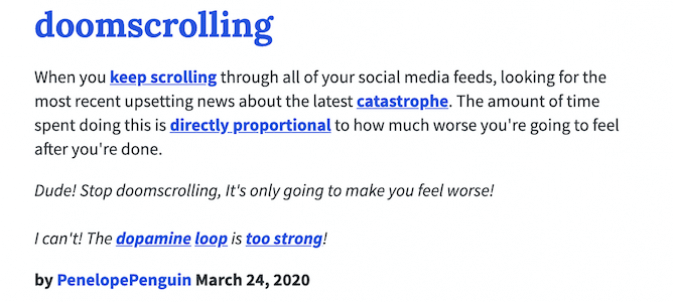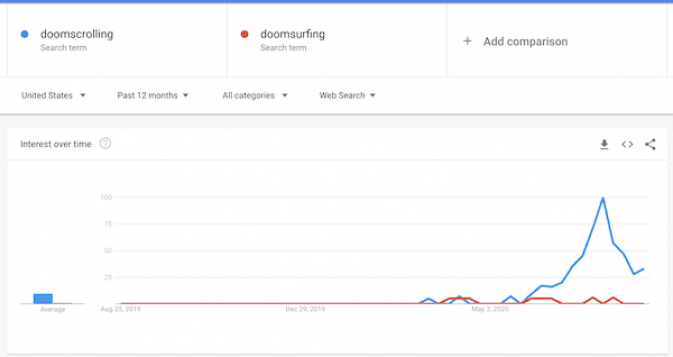
In the US and around the world, we've heard the call to action for social justice and equality loud and clear. Companies and individuals are doing their best to respond. But with so much emotion and complexity in the system, knowing what to say and how to move forward can be overwhelming and confusing.
I sat down Irshad Manji, author of Don’t Label Me: How to Do Diversity Without Inflaming the Culture Wars. She enlightened me with her unique point of view and candid perspective.
Labels—are they good or bad?
We began with a discussion of labels. They can be problematic, and yet they also serve a purpose. I asked Irshad why we label people and things, and how we can draw the line between what serves us and what leads to bad behavior.
As she says in her book, “A shoe’s a freaking shoe regardless of any other function it may serve.” So how, I asked, can we apply that logic to people?
Labels stop us from engaging one another and really finding out each other's backstories.
"The issue that I have with labels is that they come with baggage," Irshad said. She explained that labels allow people to assume they already know something about you that may not be true. "Labels stop us from engaging one another and really finding out each other's backstories."
"And I think the way to cut through all that clutter is to slow ourselves down and actually speak with one another. Not as if everything has to be a debate, but with sincere questions, because we're all pretty damn interesting if we only gave each other a chance to be heard," she said. "[But] labels do serve a purpose. Here's the key to remember though—people are not things. Things are static. They stay the same. People are moving—we don't stand still. And that is why it is doubly important to recognize that, unlike things, unlike a shoe, people are far more complicated and deserve a lot more respect for that complexity.”
How can we have constructive conversations about diversity?
We know that listening to each other—really connecting—is key. But conversations around diversity have become charged and intimidating. Here are some of Irshad’s thoughts on how we can move forward.
"One of the great tragedies of how diversity is practiced these days is if you ask me a question that somehow rankles me or rubs me the wrong way, then you've just invalidated my entire existence when you were just asking an innocent question. And by the way, a question probably born out of genuine curiosity, which shows that you care about me."
Today, the focus is on embracing and...
Keep reading on Quick and Dirty Tips


































